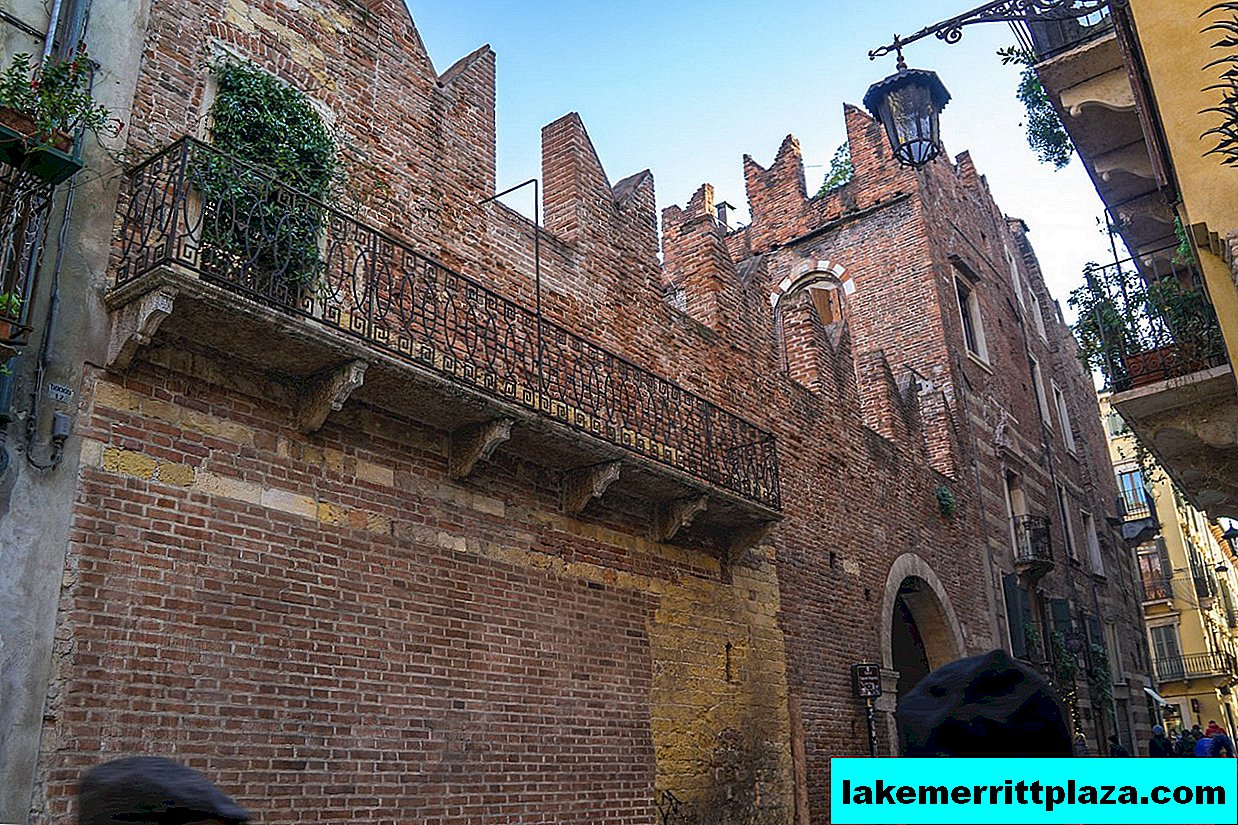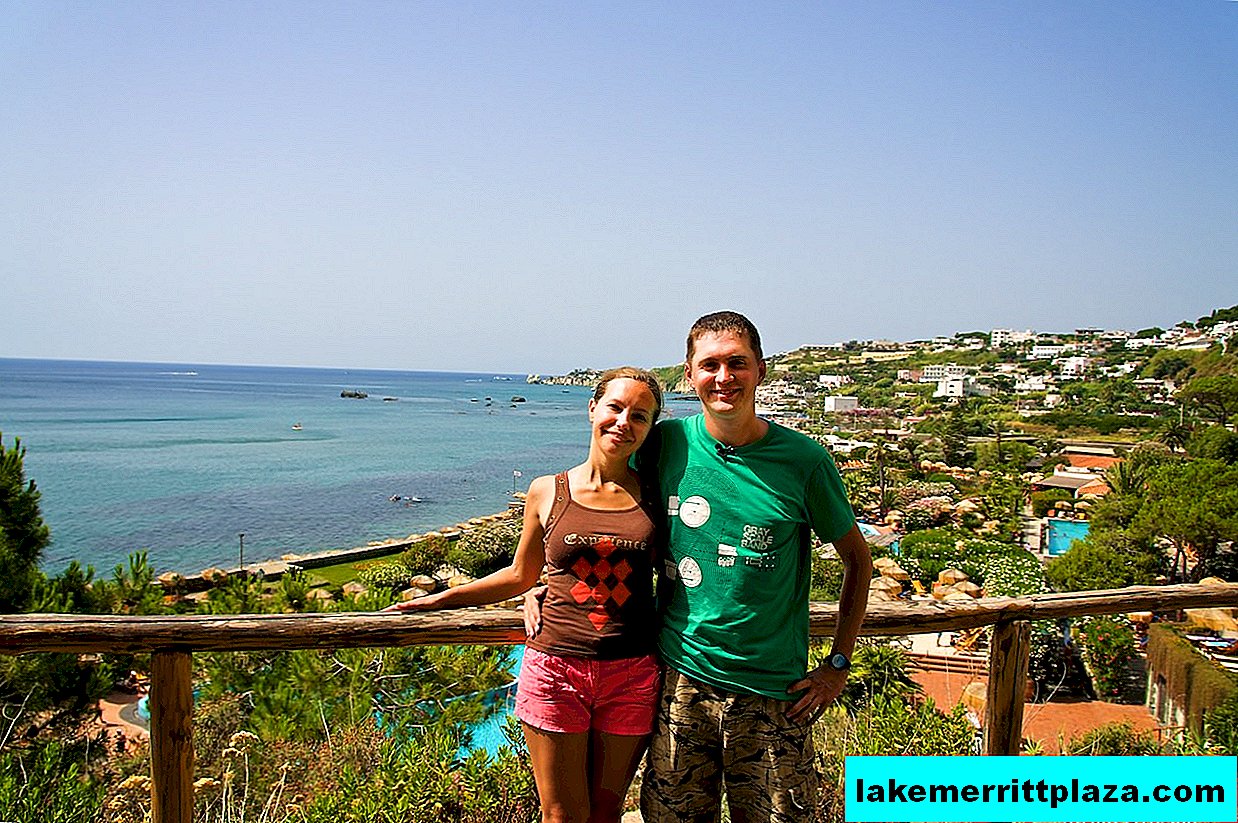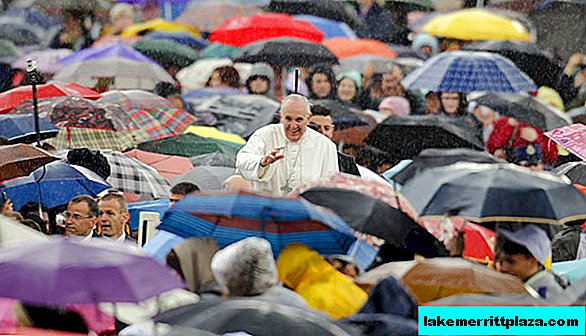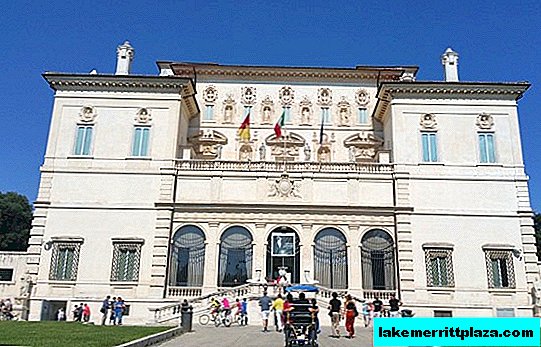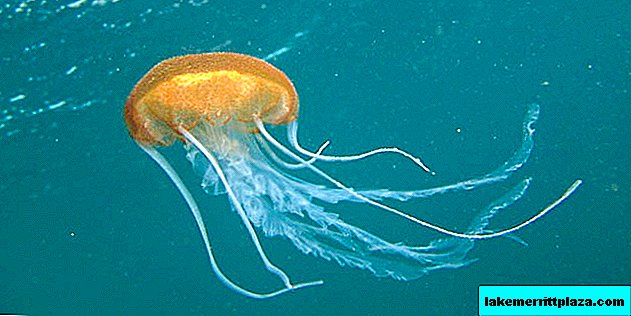Many tourists go to Italy in order to fully enjoy the cultural and historical heritage of past centuries. To do this, they organize a real marathon for museums and architectural monuments, not knowing that they miss a lot, without looking at one of the stunning food museums, which in the country of pizza, pasta and wine are many. And here are the most popular and interesting of them:
Historical Archive and Peroni Beer Museum in Rome

Not so long ago, in the capital of Italy, a museum of the famous Peroni beer was opened, which began to be brewed almost two centuries ago. In this amazing building, you can not only get acquainted with the brewing process, but also learn the history of the old enterprise, including numerous funny stories and secrets, and finally taste this amazing drink.
Today, the Peroni Beer Museum is the only one in the country dedicated to this beloved product.

Address: (Archivio Storico e Museo Birra Peroni),Via Renato Birolli, 8, 00155 Roma
The museum is open Monday through Friday. Current time and cost of admission can be checked on the official website of the museum: www.birraperoni.it
National Museum of Pasta
To come to Italy and not try the famous pasta is a real crime, which, however, cannot be compared to the sin that you commit, missing the opportunity to get to know this original Italian product.
The unique pasta museum in Rome includes 11 halls, each of which preserves the whole history, the secret of making, as well as samples of popular pasta types, called by the Italians "pasta".
Here you will see how the production of pasta was established in the last century: special machines for the production of this product will not let you forget the history of its preparation.
Address: Museo Nazionale delle paste alimentari, Roma, Piazza Scanderberg, 117.
The museum receives visitors seven days a week, excluding holidays, from 9:30 to 17:30. Entrance ticket for an adult will cost 10 euros, for a minor - 7 euros, and for children - 1 euro. You can find out more about the museum here: //museodellapasta.it/
Tomato Museum

Only four years ago a unique museum was opened in Italy dedicated to this particular vegetable. The history of the tomato is beautifully presented: you will find out when this vegetable first appeared in Europe, how it was used, and what has changed since then. Moreover, the guides will be happy to share with you amazing recipes that include tomato: from simple snacks to sumptuous desserts.
Address: Museo del Pomodoro, Collecchio, Parco del Taro Strada Giarola, 11.
However, be careful: you will be able to get into the tomato world only from March to November: the rest of the time the museum does not accept visitors. You can get inside on Saturday or Sunday from 10:00 to 18:00, paying an entrance fee of 4 euros. Details can be found here: www.museidelgusto.it/info.asp
Museum of Olives

Opened in the late 1990s, the Museum of Olives contains all the subtleties of growing this fruit, as well as its history.
Here you will find out what a special role olives play in the life of the Italian people, as well as personally take part in the process of preparing real olive oil.
If you don’t seem to hear enough, you will be allowed to use the special hall of the museum - the library, which contains all kinds of literature dedicated to the regular guest on every Italian table.
Address: Museo dell'Olivo, Imperia, via Garessio, 11.
You can get to the olive paradise from Monday to Saturday from 9:00 to 18:30. You can find out the exact cost of the admission ticket, as well as enjoy a virtual tour of the museum here: www.museodellolivo.com
Museum of meat

Most recently opened its doors to visitors, this museum tells the story of the production of sausages in the Emilia-Romagna region. You will also learn about the prosciutto production process, methods of dressing various types of sausages, see all the tools with which you cut the meat by hand, and you will smell all the seasonings used to prepare meat products. If you salivate from what you saw, you can buy any meat delicacy in a nearby shop.
Arthur Yakutsevich: “We were lucky to be one of the first to get into this meat mecca together with the team of Discovery TV channel even before the official opening. Closer to the summer of 2014, the channel will release a series of programs on agritourism in Italy, but you can watch dear readers meat museum photo report now."
Address: Museo della Salumeria, Castelnuovo Rangone, Via E. Zanasi, 24
Learn more and book a tour on the museum’s official website: www.museodellasalumeria.it
From the Editor: In December 2013 we made an incredibly tasty and informative trip to the Emilia-Romagna region. For four days, we visited many themed restaurants (where we would never have gotten to ourselves), museums, including Ferarri, Lamborghini, Maserati. The guide in Bologna, Natalya Miroshnikova, helped us in organizing and planning our agro-moto-tourism, which we sincerely recommend to all readers ITALY FOR ME. Natalia’s contacts are in the editorial office.
View Farmhouse in Italy in a larger map

